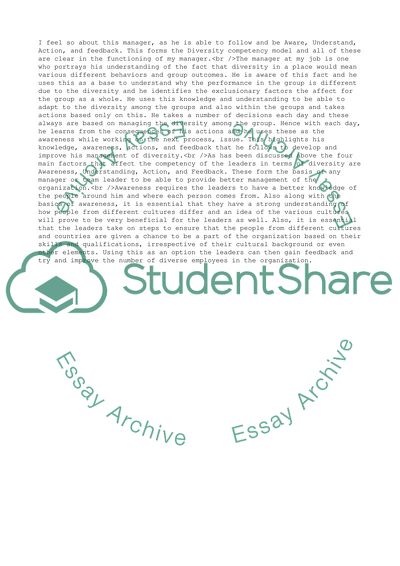Cite this document
(Managing Organisational Diversity Assignment Example | Topics and Well Written Essays - 1750 words, n.d.)
Managing Organisational Diversity Assignment Example | Topics and Well Written Essays - 1750 words. https://studentshare.org/management/1726038-managing-organisational-diversity
Managing Organisational Diversity Assignment Example | Topics and Well Written Essays - 1750 words. https://studentshare.org/management/1726038-managing-organisational-diversity
(Managing Organisational Diversity Assignment Example | Topics and Well Written Essays - 1750 Words)
Managing Organisational Diversity Assignment Example | Topics and Well Written Essays - 1750 Words. https://studentshare.org/management/1726038-managing-organisational-diversity.
Managing Organisational Diversity Assignment Example | Topics and Well Written Essays - 1750 Words. https://studentshare.org/management/1726038-managing-organisational-diversity.
“Managing Organisational Diversity Assignment Example | Topics and Well Written Essays - 1750 Words”. https://studentshare.org/management/1726038-managing-organisational-diversity.


